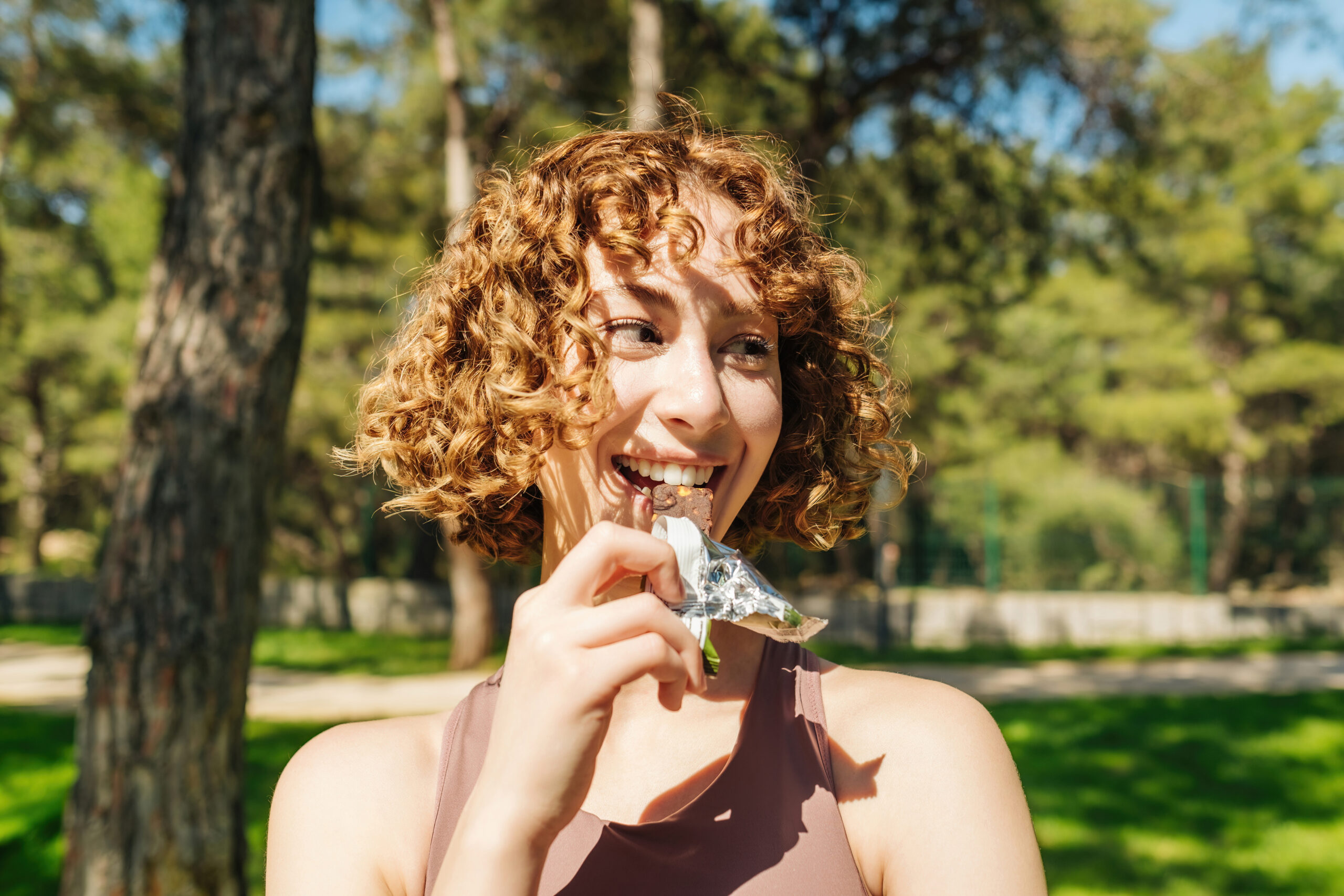The psychology of ‘try before you buy’ in 2025

The internet is often an echo chamber; a cacophony of sounds bombarding consumers with thousands of marketing messages every day. As a result, consumers have built a resistance to traditional advertising, and skepticism is rapidly rising. For CPG brands, this means marketers are abandoning their old ways of working, and focusing on a strategy centered on earning trust and creating tangible experiences. This is why ‘try before you buy’ hyper-targeted digital sampling campaigns are becoming increasingly relevant (and successful) across CPG.
While it’s certainly not a new concept, the try before you buy framework is traditionally proven to work. In fact, 47% of consumers who try a product through sampling end up making a purchase. In 2025, this has evolved into a sophisticated, data-driven strategy that leverages some core principles of human psychology to drive conversions and build long lasting consumer relationships.
From theirs to mine. How the endowment effect applies to digital sampling
Psychologists Daniel Kahneman and Richard Thaler first identified the “endowment effect”; a cognitive bias that shows we place higher value on objects we own, or even just feel like we own. In other words, the moment a consumer holds a product in their hands, they begin to form an emotional connection to it.
The try before you buy method, applied to a well-executed digital sampling campaign, taps into that sentiment immediately. The act of a consumer receiving a product they requested turns it from a brand’s item into their item. This psychological sense of ownership makes a person more reluctant to part with it, and the most logical way to ‘keep it’, is to buy a full-sized version.
This is a particularly tried and tested method in e-commerce marketing, where the physical disconnect between a consumer and a product is a major barrier to purchase. The try before you buy model bridges this gap, creating a powerful emotional link that fuels purchasing decisions.
Why the try before you buy model encourages reciprocity
Humans are hardwired for reciprocity. When someone does something kind for us, we feel a deep and often subconscious need to give something back. Brands that offer a free product sample are initiating a relationship based on this principle: they’re providing a gift with no strings attached.
This gesture alone is an act of trust that consumers want to repay. A brand that is confident enough in its product to provide something for free, resonates deeply with modern consumers. And while this feeling of obligation doesn’t necessarily translate into an immediate purchase, it does create a positive brand sentiment that makes a future purchase far more likely. This is why try before you buy digital sampling campaigns are rising in popularity among CPG brands. In fact, a study by the Journal of Retailing found that product sampling can positively influence purchasing decisions up to 12 months after the initial trial, as the positive feeling of the free gift lingers - especially when the product sample has reached the right audience. This psychological driver is a long-term investment in customer loyalty, proving that the value of a sample extends far beyond a single transaction.
The reduction of risk reduces hesitation and grows consumer confidence
One of the most common reasons for card abandonment is consumer hesitation and the fear of making the wrong choice - particularly during the holiday season. The CPG market is fast-paced and constantly being updated with new and competing products, leading to consumer overwhelm - and worries of ‘buyer’s remorse’. The try before you buy model systematically eliminates this risk.
By providing consumers with a product sample at home, letting them try it on their own terms, brands are providing a risk-free environment for evaluation. Try before you buy sampling allows consumers to determine whether a product is right for them without the financial commitment. This not only reduces consumer anxiety, but also builds brand trust. A brand that is confident enough to give away free trials of its product is seen as transparent and authentic. This is particularly crucial as consumer trust wanes; 88% of consumers demand authenticity from brands, and a physical product in hand is the ultimate proof of a brands promise. This turns a skeptical consumer into a confident buyer.
The try before you buy product sampling strategy works - give it a try!
In 2025, product sampling is a data-driven strategy that uses traditional concepts, like the try before you buy method, and applies psychological principles to drive sales, build trust and acquire invaluable first-party data.
The 47% of consumers who make a purchase after trying a product aren’t simply trialling an item, they’re reciprocating a positive experience, eliminating their purchasing risk and responding to a brand that has demonstrated a genuine understanding of their needs.
Marketing in 2025 is strategic. It gives consumers control, builds authentic relationships and proves a product’s value before they have to pay for it. Brands that incorporate this into their marketing strategies will not only gain greater market share, they’ll gain consumer trust and long-term brand loyalty.
Find out how a try before you buy product sampling campaign could benefit your CPG brand today. Get in touch with the SoPost team.
In our latest ebook, The ROI of a product sample: how data driven sampling is transforming CPG, we cover how we’re supporting brands in understanding the true, tangible, revenue boosting value of a hyper-targeted digital sampling strategy. Access your free copy below: